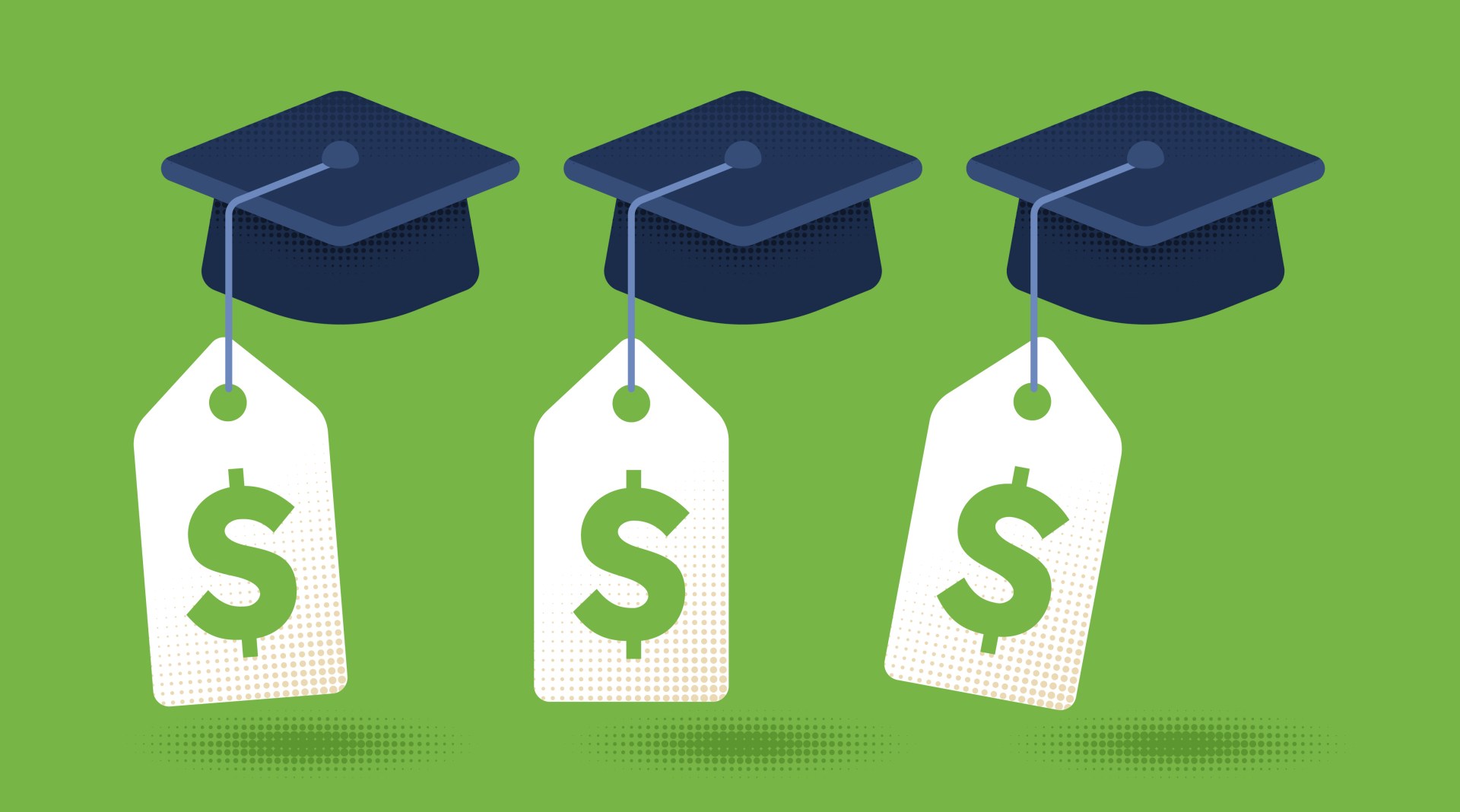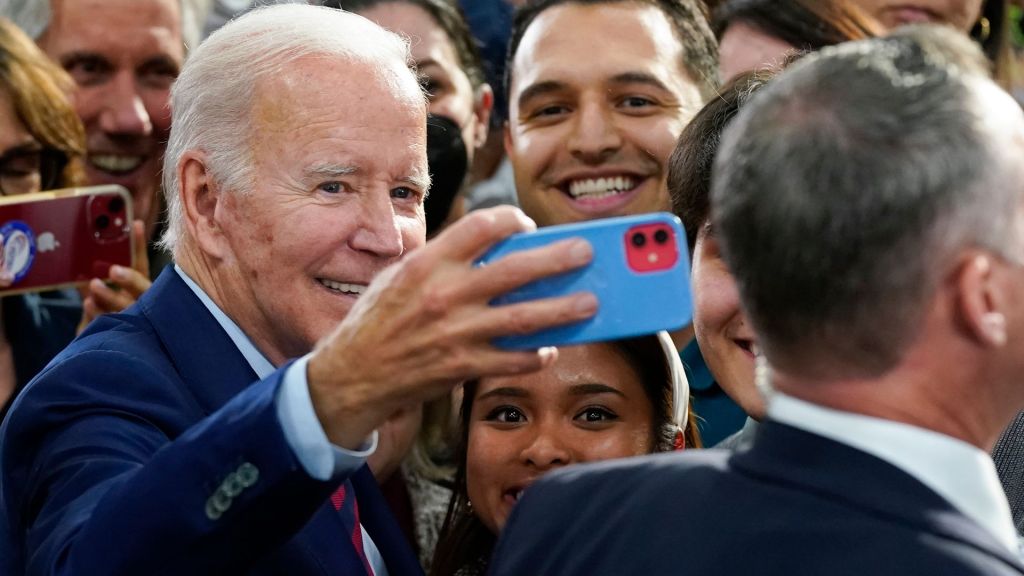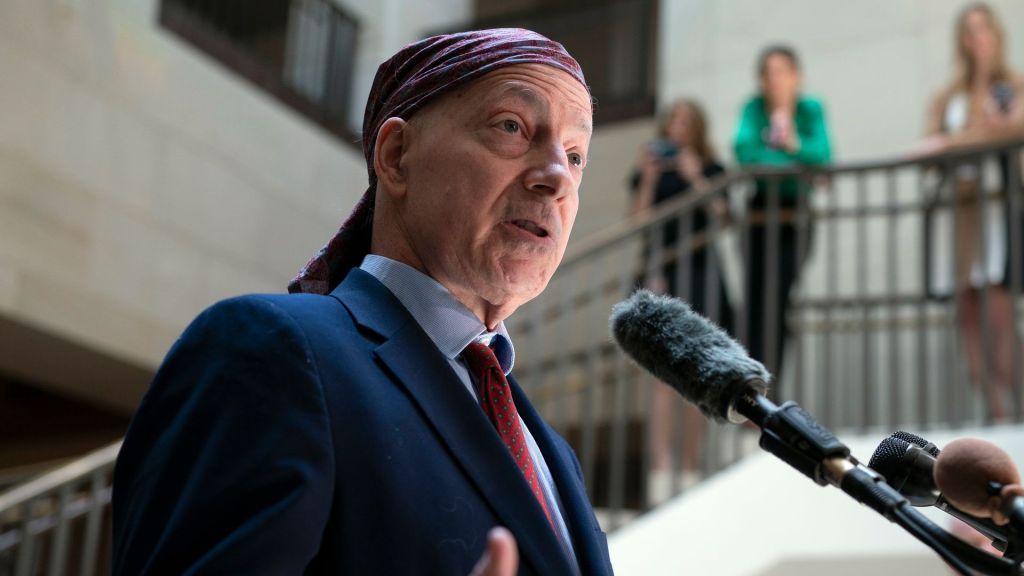
SIMONE DEL ROSARIO: STUDENT DEBT IS CALLED A CRISIS FOR A REASON – AND UNIVERSITIES ARE A BIG PART OF THE PROBLEM. UNIVERSITY SPENDING SPREES FAR OUTPACE ENROLLMENT AND INFLATION – AND STUDENTS AND GOVERNMENT AID ARE FOOTING THE BILL. ACCORDING TO A RECENT WALL STREET JOURNAL ANALYSIS, THE MEDIAN U-S FLAGSHIP UNIVERSITY INCREASED SPENDING BY 38% OVER THE PAST TWO DECADES, WHILE ENROLLMENT IS UP 21% OVER THAT TIME. AND THAT ENROLLMENT GROWTH ALL HAPPENED IN THE FIRST DECADE, UNDERGRAD ENROLLMENT’S BEEN DECLINING SINCE 2010. WHO’S WRITING THE CHECKS? WHERE’S THE MONEY GOING? AND WHAT’S THIS SEMI-DEPRESSION SET TO HAPPEN IN 2026? THAT’S ALL COMING UP IN OUR CONVERSATION WITH PROFESSOR JAMES KOCH, FORMER PRESIDENT AT OLD DOMINION UNIVERSITY AND AN ECONOMIST WHO ANALYZES UNIVERSITY SPENDING.
Professor Koch, thank you so much for taking the time to talk with us today.
James V. Koch: Thanks for having me.
Simone Del Rosario: Your own research showed that public university trustees approved 98% of the cost increasing proposals that were put in front of them. You said most of the time it was unanimous. What does that tell us about the culture of spending at our universities?
James V. Koch: Well, public university trustees should be fiduciary, they should be people who are taking care of students and parents and the like and taxpaying citizens. But they tend not to do that during effectively they tend to buy into institutional narratives that said, we want to be this, we want to be that and they get taken in by that and end up voting for things that probably they shouldn’t.
Simone Del Rosario: What are some of the red flags that you see when you look at how universities are spending their money? If you look at just good economics of it, you’re saying, well, this doesn’t make sense because this is happening?
James V. Koch: Well, I have data going back to 2004. And since then, the typical public university has spent one to 2% more annually per year on an average students, then the rate of price inflation. So they’re spending more than the CPI and this has gone on year after year after year. So that’s a dangerous signal. And if you look behind that, you see they’re spending money on new buildings on granite table top in dormitories, especially on intercollegiate athletics. But there are a variety of other things, I mean, exercise facilities, and lots of additional administrators. In fact, I would pick that out as a particular problem. administrative overhead has gone up in the typical public institution over the last 20 years. And it’s not just a little bit, it’s a huge amount.
Simone Del Rosario: What do you think is the motivation behind this type of spending? Do they think that it’s going to be attracting more students to come into their universities?
James V. Koch: Well, yes, I think that’s part of it. And higher education enrollments have been going down 11 years in a row. Now, there are 3 million fewer college students in the US right now than there were in 2011. So that’s caused the university to say, Gee, what are we going to do about this, and in many industries, outside of higher education, the response would be, gee, we need to change our product, we need to improve it, we need to lower prices, we need to become more efficient. But in higher education, for the most part, that has not happened. Higher education is deciding Well, we’re going to raise prices and add things to our product, we’re going to have those granite table tops in the dorms, because we think that will attract students will spend more money on intercollegiate athletics if we think students would like to attend games and do that sort of thing. So the reaction in higher education has been different than it would be, let’s say in the steel industry, or if they are selling computers or on the bills.
Simone Del Rosario: There’s a Wall Street Journal analysis that says the percentage of spending increases outpaced enrollment by nearly two to one from the last two decades. So pointing to your your statistics there about student enrollment dropping, who is footing the bill for these increases?
James V. Koch: Well, for the most part, students, they’re paying more than they used to and tuition and fees have gone up faster than the CPI. Also, the federal government is paying for a good portion of this through federal student loans. There is a persuasive economic argument to be made that the federal government is actually enabling the inflation that we’ve seen in higher education by providing so much in the way of student loans. Now, I think student loans are necessary, and I’m entirely in favor of need based financial aid. But the federal government seems to have gone overboard somewhat in this respect and is granting money to universities that they then loan to students. And part of the problem is that if a student doesn’t pay back his or her loan, the university bears no penalty. So they’re in favor of granting as much more money to students as they can because they don’t have to pay for it.
Simone Del Rosario: It’s a very fair point. Look, as a former university president yourself, how would you tackle this situation? If you were leading a university at this point? How would you go about cutting spending to prepare for fewer enrollment numbers?
James V. Koch: Well, I think university presidents are like most people like respond to incentives. And part of the problem here is that boards reward presidents for doing bigger and better things. They don’t reward them for holding costs down or being more efficient. And what we need than that is for governing boards to start rewarding present presidents who are really making their institution more efficient and controlling prices and controlling costs. But instead, what happens is they get rewarded for more research money and building more buildings and, and having a bigger athletic enterprise. And mine is not to say that some of those things aren’t good. But we’ve simply overdone those kinds of things in higher education.
Simone Del Rosario: And who’s making up these boards? And what sort of fiduciary responsibility do they have? Or do they not really have that it sounds like they’re just writing checks?
James V. Koch: Well, for the most part, in most states, the governor nominates the people who feel boards, and then those individuals have to be approved by the Senate or the House, or maybe both houses of the legislature. So it really starts in the governor’s office, you have to appoint people to boards, who recognize that they should be fiduciary, and not fans and advocates necessarily of the institution. But the nature of the political beast is who’s going to get appointed to a board? Well, it’s the individuals who gave the largest contributions to the governor, as a major qualification, and these are individuals who want to be on a specific board to be on, let’s say, the board of let’s say, the University of Virginia, that ordinarily requires a financial contribution of some significance. And as a consequence, when these people get on the board, it’s orderly, because they are fans and proponents of the institution. And not because they’ve been told by the government gee, you need to pay attention to costs, you need to worry about administrative overhead. Those kinds of things fall into the background. So part of the problem, in addition to what I just mentioned, is we need state to orient and train board members when they join boards, so that they understand what the nature of the beast is and how these costs have increased over time. But in many states, that simply doesn’t happen.
Simone Del Rosario: Where would you like to see cuts in university spending is it in the extracurriculars in the buildings and research and programs for students? Where’s the most logical place to implement these cuts?
James V. Koch: Nearly all of those qualified but I would pick out in particular administrative costs. We have too many associate deans and directors and the like, that kind of spending has proliferated. Intercollegiate Athletics is another area. In Virginia, for example, at James Madison University, students pay an annual athletic fee that is mandatory of more than $2,300 a year. That’s an astonishingly large amount for a student to pay for the privilege of attending intercollegiate athletic events. One is hard put to say that that really makes their degree more worthwhile, and that makes them more competitive after they leave the institution. So administrative overhead and athletics are two major areas. But in general, I think we have to look at expenditures and say, Is this benefiting students isn’t making them more competitive? are they learning more? And that kind of approach to governance isn’t very common today in public higher education?
Simone Del Rosario: Is there an issue on the horizon for colleges to because of the student debt crisis? I do think the idea of the college dream and investing so much money into it, it’s kind of lost its luster in recent years. Do you think fewer and fewer people are going to be enrolling in these expensive four year universities down the road?
James V. Koch: Oh, absolutely. I think higher education is in for a semi depression, if not a recession, in terms of enrollment. In 2026 begins what many people are terming the enrollment cliff, the absolute number of high school graduates nationally is going to decline and it will decline for 10 or 15 years. We already know because these people are born. And as a consequence, there aren’t going to be as many conventionally aged students who are available to go to come I pledge. So when I said earlier that college enrollments and following 11 years in a row, that might stretch it out to 20 years in a row or 25 years in a row, higher education is headed for some really pretty bad times, and they need to adjust. Now in order to survive, I think many small private institutions are simply going to go out of business. And we are likely to see mergers among public institutions that have simply gotten too small and too expensive to operate.
Simone Del Rosario: We’ll see if they heed your warnings. Professor Koch, former president at Old Dominion University, thank you so much for your time today.
James V. Koch: Thank you.






